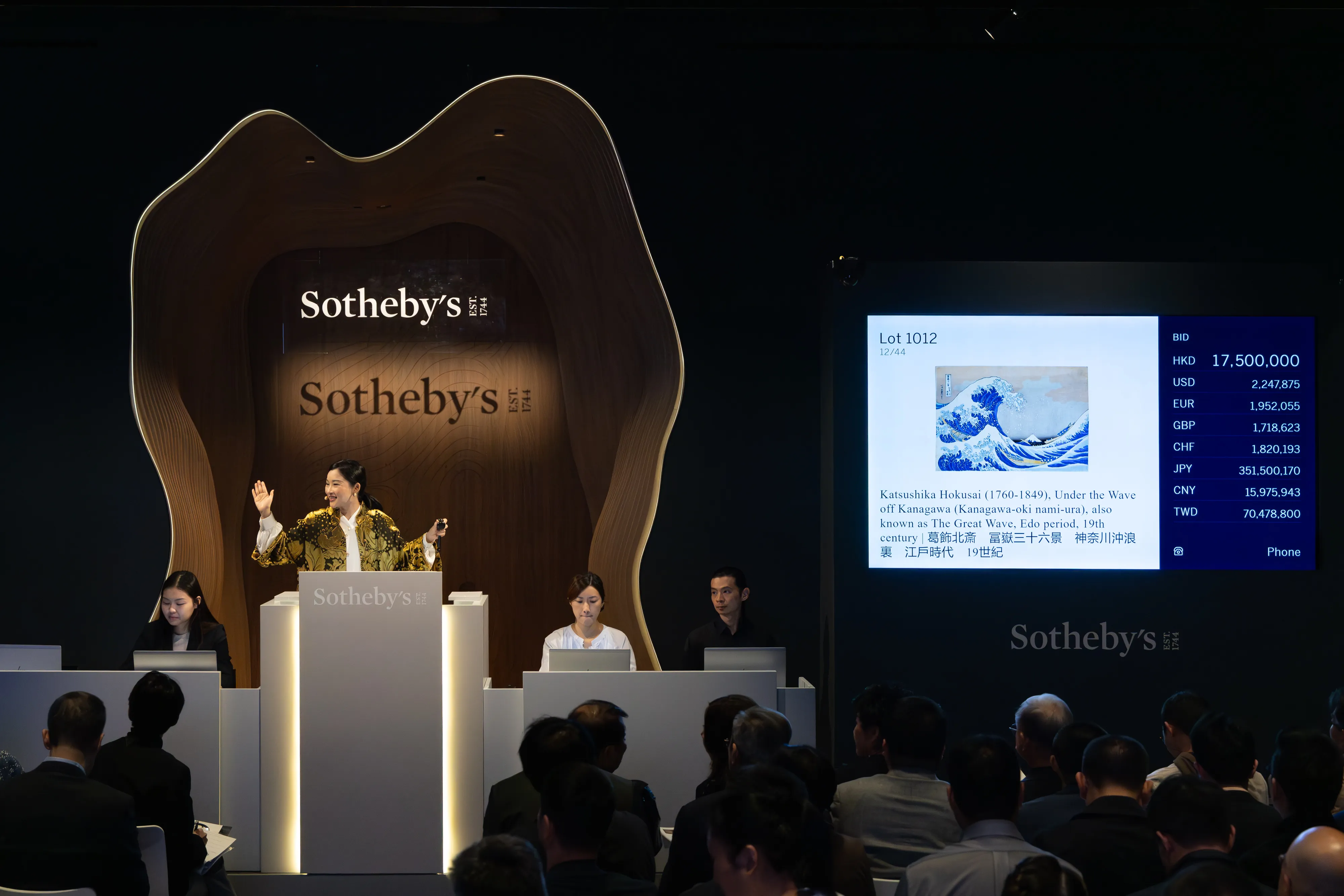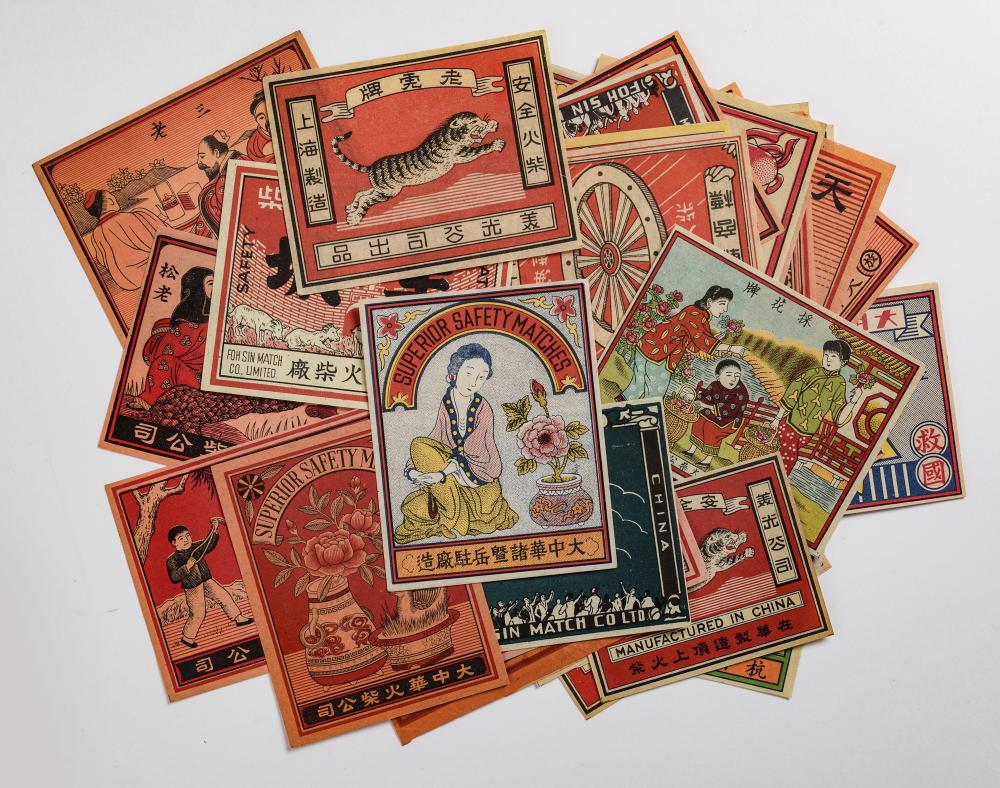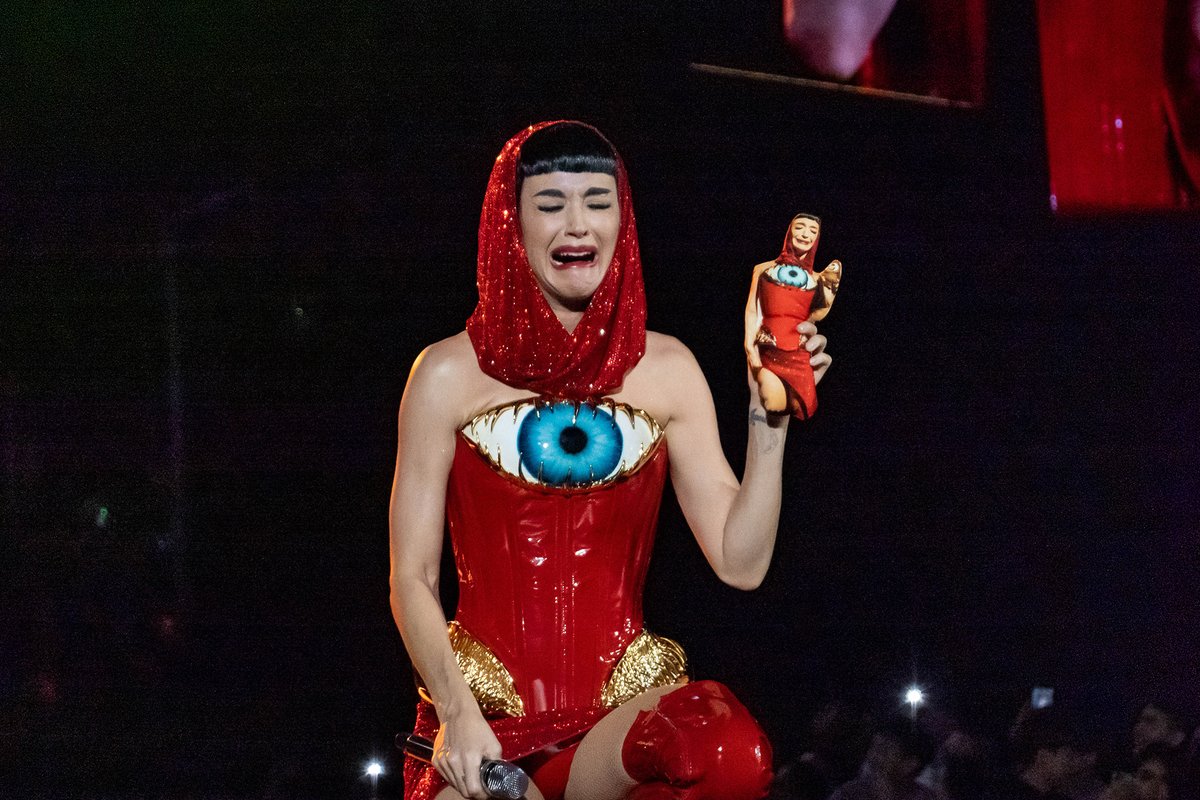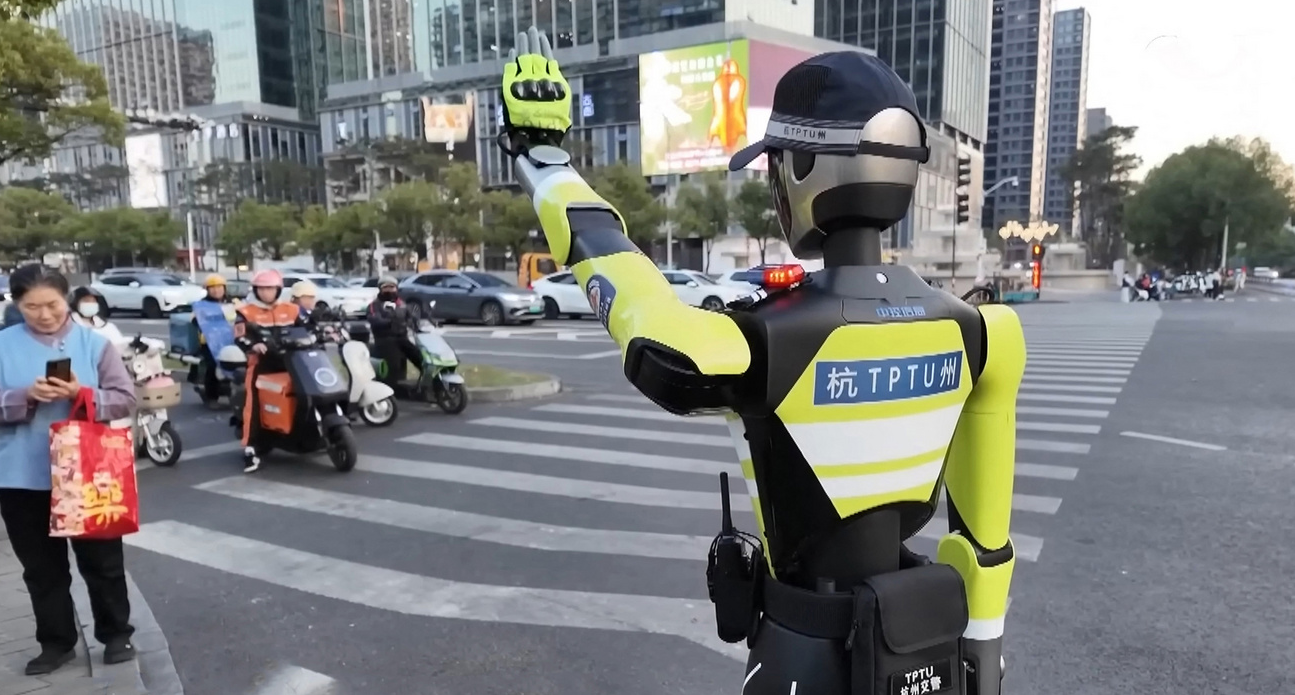Chinese tattoos are kind of an inescapable phenomenon. They’re on your favorite athlete, they’re the turning point in the novel you’re reading, or they’re just in the news.
What is it that makes China and tattoos so inseparable? Is there an explanation for the worldwide recurring motif?
Historically, tattoos in China have always been a fringe practice, either for criminals or ethnic minorities. In feudal China, if you committed a serious enough crime, your face would be tattooed and you’d be sent into exile — even if you made it back, people would still recognize you as a criminal.
In Water Margin, one of the four great classics of Chinese literature, bandit leader Song Jiang has henchmen covered in full-body tattoos. In modern China, tattoos still hold a stigma of being associated with organized crime.
But in the past decade or so, that’s started to change. Having celebrities and basketball stars decked out in ink has got people thinking, hey, maybe this isn’t just for bandit henchmen. One of Shanghai’s foremost tattoo artists Xily sheds some light:
“The origin of tattoos in China was to brand prisoners as a punishment. Nowadays, it’s more an expression of the things you like — but there are still people who have the ‘tattoos are for bad people’ mentality. Still, tattoos have gained popularity in recent years since the days of Hong Kong gangsters. Now public figures like celebrities, athletes, and artists have tattoos, and have made great contributions, so people are generally accepting of tattoos.”
Where tattoos were once for serious counter-culture heads, a lot of the money flowing into tattoo studios is coming from standard young people. Shanghai-based photographer Zhao Yinyin, 24, got a tattoo on her shoulder blade of a simply-drawn, stoic little doodle character. She found the doodle scrawled on some public surface, made it her WeChat profile picture, and then eventually decided it would be her first and only tattoo.
“I just liked his face. I thought, if I’m going to get a tattoo, why not this one?”
It’s hardly gangster material.

Meanwhile, as Chinese society was finally starting to come to terms with tattoos, the western world had already run amok with them. Look no further than our photo theme this week.
The trope of non-Chinese speakers flippantly etching nonsense into their body seems as old as time itself. And yet in spite of this, and in the face of shifting trends, the popularity of Chinese-language tattoos hasn’t slowed down at all.
“Chinese script has been around for thousands of years. In the eyes of Americans it’s an ancient and mysterious writing, so they like to use it to express whatever mysterious meaning they have in mind for their tattoo,” Xily mentions.
But even with the China/tattoo connection growing stronger and stronger overseas, and more accepted on the home front in China’s major cities, the government seems to have buckled down on an old-school stance. Chinese people have grown to accept or even endorse tattoos, but they don’t speak for the central government.
In early 2018, amidst the drama and fallout surrounding Rap of China champion PG One’s older work, the State Administration of Press, Publication, Radio, Film and Television announced that “artists with tattoos, hip hop music, sub-culture (non-mainstream culture) and depressed culture (decadent culture) can not be on any shows.”
The drastic new rule spread like wildfire through domestic and international media…but the general opinion in China seems to be one of skepticism. Most people don’t think the ban will last or be enforced, and that the announcement was more reactionary scare tactics than a serious edict.
“I don’t think China’s own tattoo practice received enough consideration — there are a lot of public figures with tattoos, like celebrities and athletes. Now that China’s developed into an international country, most Chinese people are going to question the ban, and the rest of the world even more so. I don’t think it’ll last long, because people don’t like to be controlled.”
So from humble origins on criminals and literary bandit kings, the ink has spread to mainstream society. Even if China’s government doesn’t seem thrilled with it, the country’s growing tattoo scene is permanent.
Cover photo: The World of Chinese
















